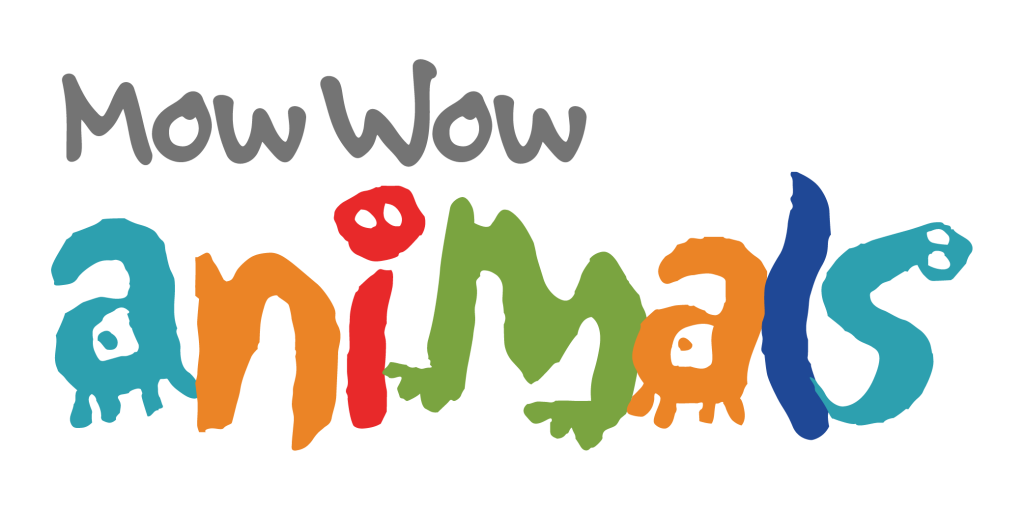Goal
To initiate the understanding that we share our natural and urban environments with wild animals.
Content
Children may already be aware that there are critters in their yards at night, but do they understand that we share these spaces with them? This lesson will introduce students to some of the common nocturnal animals who may scavenge their yards for food and use their surroundings for shelter. In this unit:
- Children will gain an understanding about sharing our environments with wild animals.
- Children will begin to learn what urban wildlife needs to stay healthy and safe.
- Children will begin to develop empathy for these animals by realizing that animals need many of the same basic things that children do.
- Children will begin to learn how to keep themselves, domestic pets, and wild animals safe.
Click here to view California Standards Alignment.


